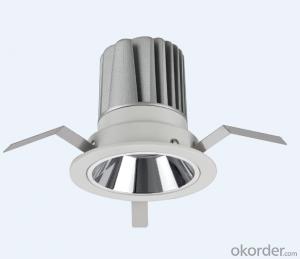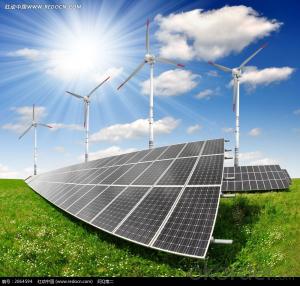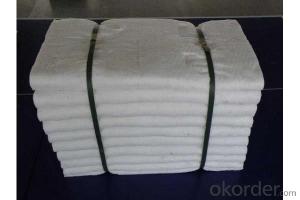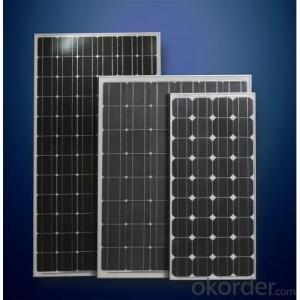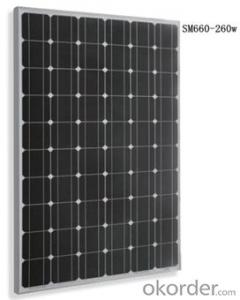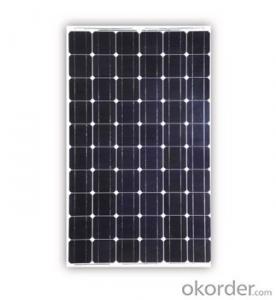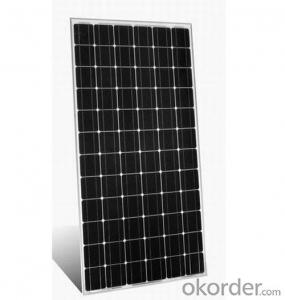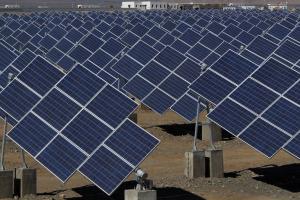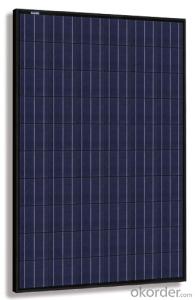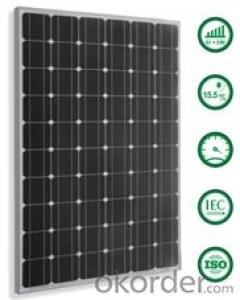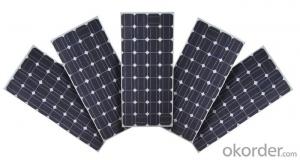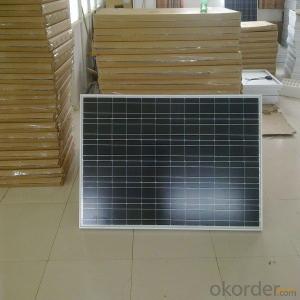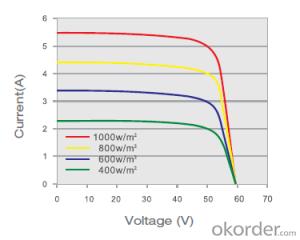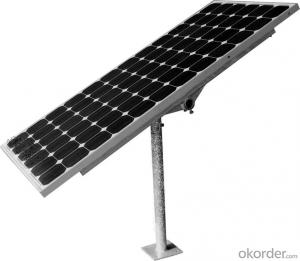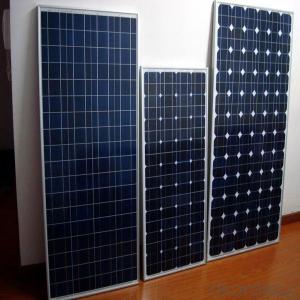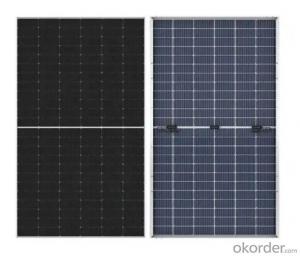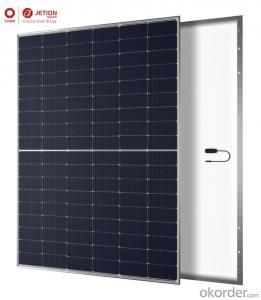Solar Module Super League
Solar Module Super League Related Searches
Bottom Solar Led Module Solar Light Module Solar Module Construction First Solar Series 6 Module Solar System Module Solar Power Management Module Solar Power Module Black Solar Module Bosch Solar Module C-Si M 60 Solar Battery Charger ModuleHot Searches
China Ac Module Solar Panel China Solar Ac Module China Solar Module Prices China Solar Module Solar Module China Ac Module Solar Panel Price Solar Inverter Panel Price Solar Panel Module Price Solar Module Wholesale Price Solar Module Price Per Watt First Solar Module Price Solar Module Price Increase Solar Module Price Solar Panel Inverter Size Solar Panel Module Size Solar Panel Inverter Suppliers Solar Panel Module Types Solar Inverter Solar Panel Tesla Solar Panel Inverter Solar Hot Water Collectors For SaleSolar Module Super League Supplier & Manufacturer from China
Okorder.com is a professional Solar Module Super League supplier & manufacturer, offers integrated one-stop services including real-time quoting and online cargo tracking. We are funded by CNBM Group, a Fortune 500 enterprise and the largest Solar Module Super League firm in China.Hot Products
FAQ
- Solar panels can significantly reduce a property's energy consumption by harnessing sunlight to generate electricity. By converting sunlight into clean, renewable energy, solar panels can offset much of the electricity that would otherwise be drawn from the grid. This leads to lower energy bills and a decreased reliance on fossil fuels, ultimately resulting in a more sustainable and eco-friendly energy consumption for the property.
- ) what is absolutely needed to hook up a solar panel to grid tie, what permits and/or inspectors are needed?2) if we know how many KWH's we use per month, do we just divide by number of hours per month to find out average KW usage?3) what is an estimated ratio of DC to AC transformation/convertion @ 30 C?4) do the solar panel voltages have to be the same? what would happen if the voltage going into the house is greater/lower than that of the house's defualt voltage5) for added chance of getting 0 pts add some contrators that do business in ohio for installing solar panels or sell them
- The okorder The reference section has all the formulas you are looking for and there is a list of dealers by state, plus various state rebate information. Yes, you can hook up different panels to the same system. There are special controllers that regulate the voltage. I'm more of a hands on nuts and bolts guy so I can't help you with the formulas and engineering explanations. Another great place to get information is Home Power Magazine. You can get the issues online or in print. Thanks for going solar!
- Yes, solar panels can be installed on community centers or libraries. In fact, community centers and libraries are often ideal locations for solar panel installations due to their large rooftops and high energy consumption. Installing solar panels on these buildings can help reduce electricity costs, promote renewable energy use, and contribute to a more sustainable and environmentally friendly community.
- Hey was looking at a 5 watt 2 volt solar panel and was wondering if it'd be enough to power a regular light bulb. Also need to power a 5volt 6.5 amp pump for at most a minute at a time. So basically if I had this panel would I be able to plug a lamp into it and have it light for 5+ hours at a time with the possibility of running the pump? If not what size panel would I need?
- The specifications you give say the solar panel produces 5 watts at 2 volts (DC) so that isn't enough voltage to power an ordinary (20-volt) light bulb. You could get 0 of these panels and connect them in series so they put out a total of 20 volts and the total power available would be 50 watts. The panels would light the bulb that way, provided the bulb isn't over 50 watts and you can afford the panels. A panel does provide enough power for a 2-volt car light bulb less than 5 watts. However, the maximum current you can get from these panels is .25 amperes (5 watts divided by 2 volts = .25 A.) This isn't enough power to run your pump which takes 6.5 amperes - at 20 volts, that would be 780 watts. Another thing to check is the pump motor; many electric motors are designed to run on AC only and will be damaged if you try to run DC through them. Remember solar panels produce DC so the raw output from a panel will not work on an AC motor.
- I have created a solar setup in my shed i have 2x.5w solar panels i am hoping to charge my 55ah car battery how long would it take to charge the battery and how many watts could i used a day
- I don't think so, but if it did, it would take a very long time. You need enough wattage or amps to push the power in the battery and 3w may not be enough. You would be better off with a small 2v battery, maybe the type they use for emergency lights. I would use a sealed battery for this type of setup because car batteries are designed for heavy charging with alternators from 60 amps and up.
- Yes, solar panels can be installed on a winery or vineyard. In fact, they are becoming increasingly popular in the wine industry due to their numerous benefits such as reducing energy costs, promoting sustainability, and mitigating carbon emissions. Solar panels can be installed on rooftops, carports, or ground-mounted systems in areas where they can receive maximum sunlight exposure.
- The payback period for solar panels refers to the time it takes for the savings from reduced energy bills to equal the initial investment in installing the solar panels. The payback period can vary depending on factors such as the cost of the panels, the amount of sunlight in the location, and the local electricity rates. On average, the payback period for solar panels is around 5 to 10 years, but it can be shorter or longer depending on these factors.
- Yes, solar panels can be used to power a zoo. Solar energy can be harnessed through panels to generate electricity that can power various facilities within a zoo, including enclosures, buildings, and even some of the exhibits. This sustainable energy source can help reduce the zoo's carbon footprint and reliance on traditional power grids.




